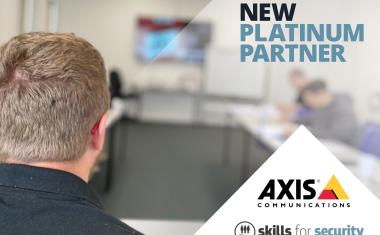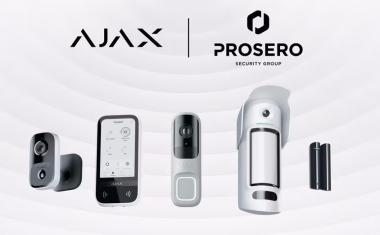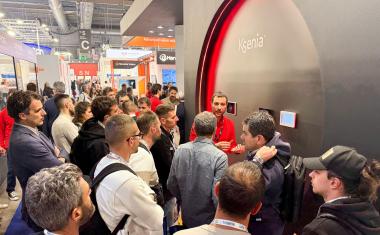Experts from Identive Group Provide Leadership to US Government
Identive Group announced that two of its security industry experts will speak at a National institute of Standards and Technology (NIST) workshop to discuss the next major revision...
Identive Group announced that two of its security industry experts will speak at a National institute of Standards and Technology (NIST) workshop to discuss the next major revision of Federal Information Processing Standard (FIPS) 201. FIPS 201 is a U.S. federal government standard that specifies Personal Identity Verification (PIV) requirements for federal employees and contractors. The workshop is being held April 18-19, 2011 at NIST headquarters in Gaithersburg, Maryland.
Rob Zivney, vice president Government and Standards for Identive Group, will speak in his role as chair of the PIV working group of the Security Industry Association (SIA). SIA is the leading trade organization for businesses in the electronic and physical security market. Mr. Zivney will present issues and recommendations from SIA with emphasis on best practices for physical security, synchronization with other publications (e.g., SP 800-116, ICAM), processes for registering a PIV card to a Physical Access Contol System (PACS) for "PKI at the Door," impact on the GSA Approved Product List (APL), and why the table summarizing Assurance Levels for Physical Access Authentication is incomplete - or broken.
Lars Suneborn, director, Government Programs for Identive's Hirsch Electronics business, will present findings and recommendations from industry as well as government agencies in his role of chair of the Physical Access Council of the Smart Card Alliance, which works to stimulate the understanding, adoption, and widespread application of smart card and cryptographic (PKI) technology for strong authentication in security applications.













